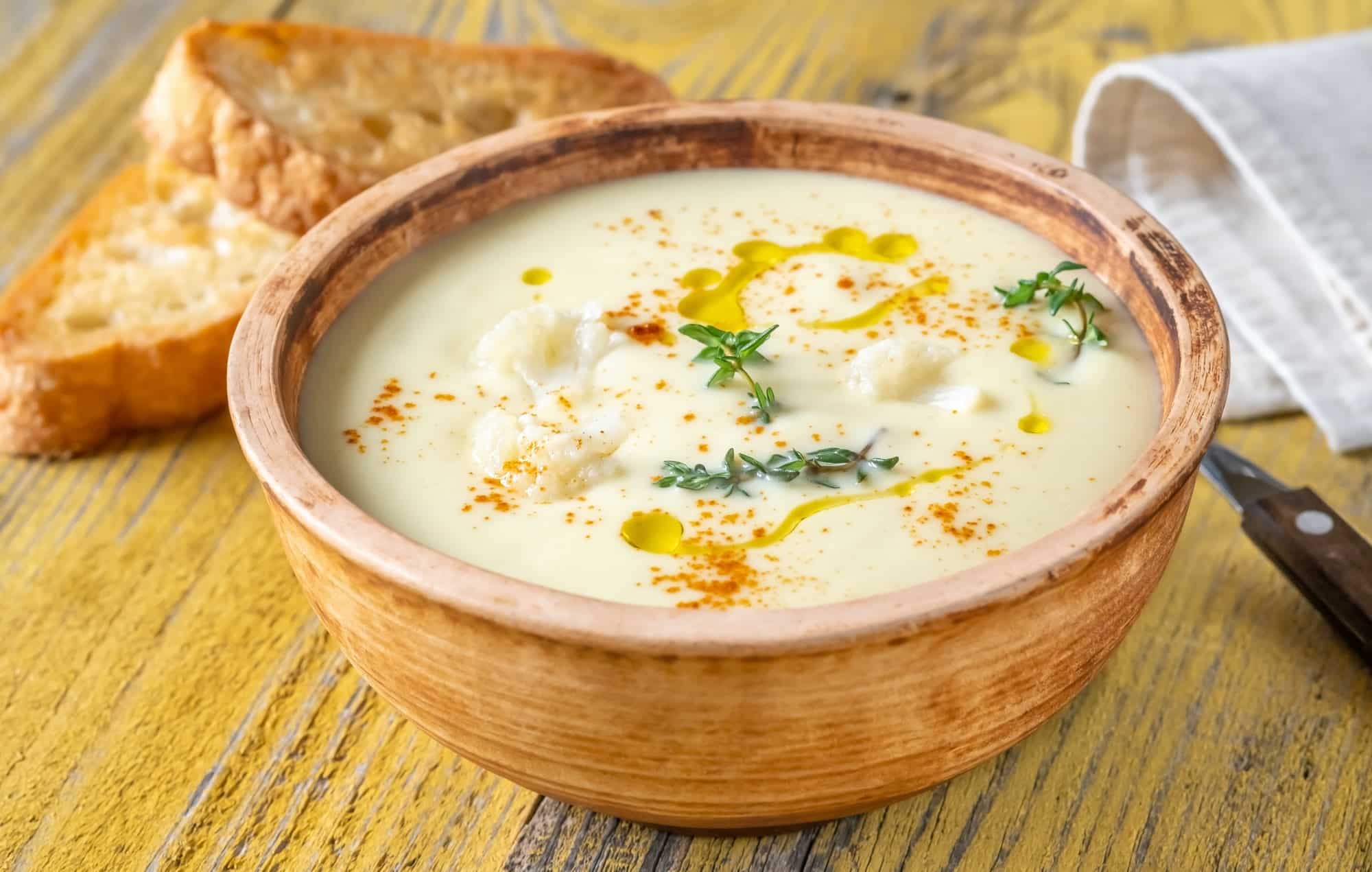What’s the Best Method to Create a Silky French Velouté Sauce?

French cuisine is renowned for its sophisticated, gourmet dishes, and a central component of many of these is the sauce. One of the classical ‘mother sauces’ of French cuisine is the velouté, a rich, creamy concoction that adds depth and flavor to a range of dishes. This article will guide you step-by-step through the process of making a French velouté sauce, including what ingredients you’ll need, the best method for achieving a silky texture, and how to adjust the recipe for various uses.
Understanding the Basics of a Velouté Sauce
Before diving into the cooking process, let’s understand what a velouté sauce is. Velouté is one of the five classic ‘mother sauces’ in French cuisine, which also includes béchamel, espagnole, hollandaise, and tomato. These sauces form the base for hundreds of other variations and are a staple in any French kitchen. The term ‘velouté’ translates to ‘velvety’ in English, reflecting the smooth and creamy texture this sauce is known for.
Also to discover : Can Home Cooks Achieve a Delicate Puff Pastry for Napoleons?
A traditional velouté sauce consists primarily of a light stock, a roux made from butter and white flour, and often a splash of cream. Depending on the dish it will accompany, the stock can be made from chicken, veal, or fish. The roux, which is a mix of melted butter and flour, acts as a thickening agent to give the sauce its characteristic richness. The cream provides an added layer of decadence, although it can be omitted for a lighter version.
Selecting the Best Ingredients for Your Velouté Sauce
For your velouté sauce, quality ingredients are key. Starting with the stock, it’s essential to choose one that’s appropriate for the dish you’re preparing. If you’re serving fish, opt for a fish stock. If you’re cooking chicken, a chicken stock will do.
Additional reading : How to Develop Complex Flavors in a Vegan Mushroom Bourguignon?
When it comes to the roux, prioritize using unsalted butter and white flour. This allows you to control the salt content and prevent the sauce from becoming overly salty. As a tip, remember that the roux will need to cook for a few minutes to remove the raw flour taste.
The addition of cream is optional, but it does add a delightful richness to the velouté. If you choose to include it, use heavy cream for the best results.
Perfecting the Technique for a Silky Velouté
Now that you have your ingredients ready, let’s move on to the cooking process. Start by melting your butter over medium heat. Once melted, add the flour and whisk continuously to form the roux. This blend needs to cook for a few minutes until it turns a pale golden color. Importantly, don’t allow it to brown as this will change the flavor and color of your velouté.
Once your roux is ready, gradually add in your chosen stock while continuing to whisk. This will ensure a smooth, lump-free sauce. Now, bring the mixture to a simmer, and let it cook for about 20 minutes. Regularly skimming off any impurities that rise to the top will help keep your sauce clear and silky.
If you’ve decided to add cream, do this after the sauce has simmered and been strained. Be sure to whisk it in well.
Adapting Your Velouté Sauce for Various Dishes
A basic velouté sauce is incredibly versatile and can be adapted to suit a range of dishes. For example, if you’re planning to serve your sauce with pasta, consider adding some grated cheese to create a luxurious cheese velouté.
For those cooking a poultry dish, try enhancing the sauce with white wine or tarragon for a unique flavor twist. If you’re serving fish, lemon or dill could be excellent additions. The key is to match the flavor profile of the sauce with your main dish.
Remember, a classic velouté sauce is a blank canvas that you can customize to your heart’s content. So don’t hesitate to experiment and have fun with it!
The Importance of Pairing Your Velouté Sauce Correctly
Having put the effort into creating a silky and creamy velouté sauce, the last thing you want is for it to be overwhelmed by the other components of your dish. The sauce should complement, not overpower, your main ingredient.
Velouté is best paired with delicate proteins such as chicken, fish, or veal. It can also work beautifully with vegetables for a vegetarian dish. If you’re serving it with pasta, consider using a lighter pasta like angel hair or linguini that won’t overshadow the sauce.
Wine pairings are also crucial. A velouté sauce typically pairs well with white wines that balance its richness. Consider a Chardonnay or Sauvignon Blanc for a creamy chicken velouté, or a crisp Pinot Grigio for a fish velouté.
Creating a velvety French velouté sauce may seem daunting, but with the right ingredients, technique, and pairing, you can master this culinary classic. Remember, cooking is an art – don’t be afraid to try different variations and add your personal touch to your sauce. Happy cooking!
Understanding Derivative Sauces from Velouté
In addition to serving as a sumptuous standalone sauce, velouté is the base for several derivative sauces in French cuisine. Despite its simplicity, the basic velouté recipe can be transformed and embellished into a myriad of sauces, each lending a unique flavor profile to various dishes.
One of the most common derivative sauces is sauce suprême, a chicken velouté enriched with cream, lemon juice, and sometimes mushroom essence. Another popular variation is sauce allemande, which includes egg yolks, lemon juice, and cream added to a veal or chicken veloute.
For a seafood twist, prepare a white wine sauce, a fish velouté enhanced with white wine, lemon juice, and heavy cream. If you’re in the mood for a richer, more decadent sauce, try making a demi-glace. This involves blending equal parts of velouté and espagnole sauce, another mother sauce, and reducing it until it’s beautifully thick and flavorful.
To create these derivative sauces, you’ll follow the basic velouté method of creating a roux and adding stock, then incorporate the additional ingredients per the specific recipe. Keep in mind, the added ingredients should be finely balanced to elevate and not overpower the natural richness of the mother sauce.
Mastering the Art of Flavor Balance in Velouté Sauce
Every good chef understands the importance of balance in a dish, and your velouté sauce is no exception to this rule. Striking a harmonious flavor balance is crucial in achieving the perfect velouté sauce.
Since the base of a velouté sauce is a white stock, it’s essential that the stock is well-seasoned but not overpowering. Bear in mind that the stock forms the backbone of the sauce, and a well-made stock will dramatically enhance the final product’s flavor.
The roux in your velouté should be cooked just long enough to remove the raw flour taste, without turning brown. This ensures a light, subtle flavor that won’t overpower the dish it accompanies.
Lemon juice is a popular addition to many velouté sauces and its derivatives. It adds a delicate acidity that brightens the sauce and counters its richness. However, be careful not to add too much, or the lemon will dominate the other flavors.
Above all, taste your sauce frequently during cooking. Adjusting the seasoning is a far easier task while the sauce is still on the stove than once it’s served on the plate.
Conclusion: The Joy of Cooking with Velouté Sauce
Cooking a velvety French velouté sauce is an enriching experience that brings you one step closer to mastering the art of French cuisine. While it might seem complex at first, remember that it’s about understanding the harmony of flavors and the delicate balance each ingredient brings to the dish.
The beauty of velouté, as with all mother sauces, lies in its versatility. From the simple yet elegant base sauce, you can experiment with a host of derivative sauces, each adding a unique spin to your dishes. Pair it correctly, and you’ve got a showstopper dish that’s sure to impress.
Whether you’re making a rich demi-glace or a tangy white wine sauce, the velouté sauce is a culinary journey worth embarking on. So roll up your sleeves, gather your ingredients, and get ready to dive into the world of French cooking with this exquisite sauce. Bon appétit!
